Product Description
Product Description
Simply slide these shaft collars CZPT a shaft and tighten the screw to hold the shaft collar in place. Shaft collars are easy to adjust with their screws.
| Size | 1/8″ to 6″ and 3mm to 150mm. or non-standard according to your requirements. |
| Material | Mild Steel C20 C45 ,Stainless Steel SS304 316 , Aluminum |
| Process | CNC Turning, Forging |
| Size | 1/8”-1” OR Custom Sizes |
| Surface Treatment | Zinc Plated, Anodized, Black Oxide, etc. |
| Type | solid shaft collar |
| single split shaft collar | |
| doubel split shaft collar | |
| eccentric collar | |
| threaded shaft collar ( single split ) | |
| dimensions of S type split collar |
Detailed Photos
Catalogue
1) METRIC CZPT SHAFT COLLAR
2) INCH CZPT SHAFT COLLAR
3) METRIC SET SPLIT COLLARS
4) INCH SET SPLIT COLLARS
Packaging & Shipping
carton boxes+ export wooden box
FAQ
Q1: Are you trading company or manufacturer ?
A: We are factory.
Q2: How long is your delivery time and shipment?
1.Sample Lead-times: 10-20 days.
2.Production Lead-times: 30-45 days after order confirmed.
Q3: What is your advantages?
1. The most competitive price and good quality.
2. Perfect technical engineers give you the best support.
3. OEM is available.
/* January 22, 2571 19:08:37 */!function(){function s(e,r){var a,o={};try{e&&e.split(“,”).forEach(function(e,t){e&&(a=e.match(/(.*?):(.*)$/))&&1
| Standard Or Nonstandard: | Standard |
|---|---|
| Bore Diameter: | 4-50mm |
| Structure: | Flexible |
| Material: | Carbon Steel C20 C45 |
| Type: | Shaft Collar |
| Surface Treatment: | Zinc Plated or Black Oxide as Required |
| Customization: |
Available
| Customized Request |
|---|
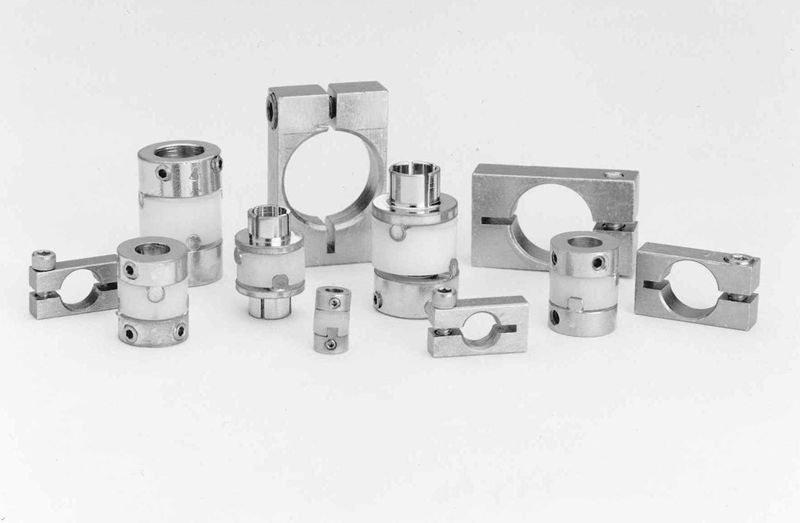
Can I purchase split collars with specific features suitable for use in conveyor systems?
Yes, you can purchase split collars with specific features tailored for use in conveyor systems. Split collars are commonly used in conveyor applications to secure pulleys, rollers, and other components to shafts. Here are the specific features and considerations for selecting split collars for conveyor systems:
- 1. Corrosion Resistance: In conveyor systems, which often operate in industrial environments, it’s essential to choose split collars made from materials with excellent corrosion resistance. Stainless steel split collars are a popular choice due to their resistance to rust and corrosion.
- 2. Self-Locking Mechanism: Some split collars are designed with self-locking features that prevent them from loosening over time. This is particularly important in conveyor systems to maintain the tight fit of components.
- 3. Quick Release: Quick-release split collars allow for easy installation and replacement of components, reducing maintenance downtime in conveyor systems. Look for collars with user-friendly locking mechanisms.
- 4. Precision Positioning: Conveyor systems require precise component positioning. Split collars with accurate clamping and positioning capabilities help maintain alignment and reduce tracking issues with conveyor belts.
- 5. Material Compatibility: Ensure that the split collars you choose are compatible with the materials used in your conveyor system, such as steel, aluminum, or plastic. The collar material should not cause wear or damage to the shaft or components.
- 6. Load Capacity: Consider the load-bearing capacity of the split collars. Conveyor systems may carry significant loads, so it’s important to select collars that can handle the expected loads without deformation or slippage.
- 7. Food-Grade Options: In conveyor systems used in food processing or pharmaceutical industries, it’s crucial to choose food-grade split collars that meet hygiene and safety standards. These collars are typically made from materials approved for such applications.
- 8. Dust and Debris Resistance: Conveyor systems in industrial settings often encounter dust and debris. Look for split collars that are designed to resist the ingress of particles, maintaining smooth operation.
- 9. Size and Shaft Compatibility: Ensure that the split collars you select are the right size for your conveyor system’s shafts. Consider the shaft diameter, width, and collar size to achieve a secure fit.
- 10. Technical Support: Collaborate with split collar manufacturers or suppliers who can provide technical support and guidance in choosing the most suitable collar features for your conveyor application.
When purchasing split collars for conveyor systems, it’s essential to consider the specific requirements of your application, including environmental conditions, load capacity, and the type of materials being conveyed. This ensures the smooth and reliable operation of your conveyor system.
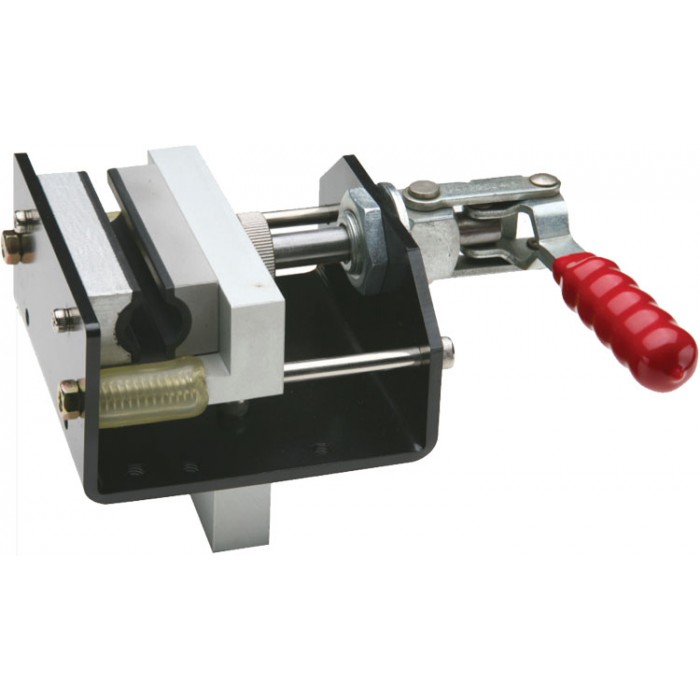
Are there guidelines for lubricating and maintaining split collars to ensure optimal performance?
Maintaining split collars is essential to ensure their optimal performance and longevity. Here are guidelines for lubricating and maintaining split collars:
- 1. Lubrication: Lubrication helps reduce friction, prevents galling, and enhances the performance of split collars. Consider the following when applying lubrication:
- a. Select the Right Lubricant: Choose a lubricant suitable for your application and material of the split collar. Common options include dry film lubricants, oils, and greases.
- b. Apply Lubricant Sparingly: Apply a thin, even layer of lubricant to the inside diameter of the split collar where it contacts the shaft. Avoid overapplication, as excess lubricant can attract contaminants.
- c. Reapply as Needed: Regularly check the condition of the lubrication and reapply as necessary, especially in high-load or high-speed applications.
- d. Clean Before Relubricating: Before reapplying lubricant, clean the collar and shaft to remove any old or contaminated lubricant. This ensures the new lubricant functions effectively.
- 2. Regular Inspection: Periodically inspect the split collars for wear, damage, or misalignment. Look for signs of wear, such as grooving or scoring on the inner surface, and replace collars if necessary.
- 3. Proper Installation: Ensure split collars are installed correctly, with the two halves aligned. Misalignment can lead to uneven pressure distribution and reduced performance.
- 4. Tighten Securely: When installing split collars with set screws or clamping mechanisms, tighten them securely to prevent slippage or movement on the shaft.
- 5. Replace Damaged Components: If you notice any damaged or worn components, such as set screws or clamping screws, replace them promptly to maintain collar performance.
- 6. Environmental Considerations: Be aware of the operating environment. In harsh conditions, such as those with exposure to moisture or chemicals, select collars with appropriate materials and consider additional sealing mechanisms.
- 7. Corrosion Prevention: Use corrosion-resistant split collars when applicable. Regularly inspect and maintain collars in corrosive environments to prevent degradation.
- 8. Reusability: If the collars are designed for reuse, follow proper disassembly and reassembly procedures. Avoid damaging threads or critical components during disassembly.
- 9. Training and Knowledge: Ensure that personnel responsible for maintenance and installation are adequately trained and knowledgeable about split collars and their specific requirements.
Following these guidelines for lubrication and maintenance will help ensure the optimal performance and extended lifespan of split collars in various applications.
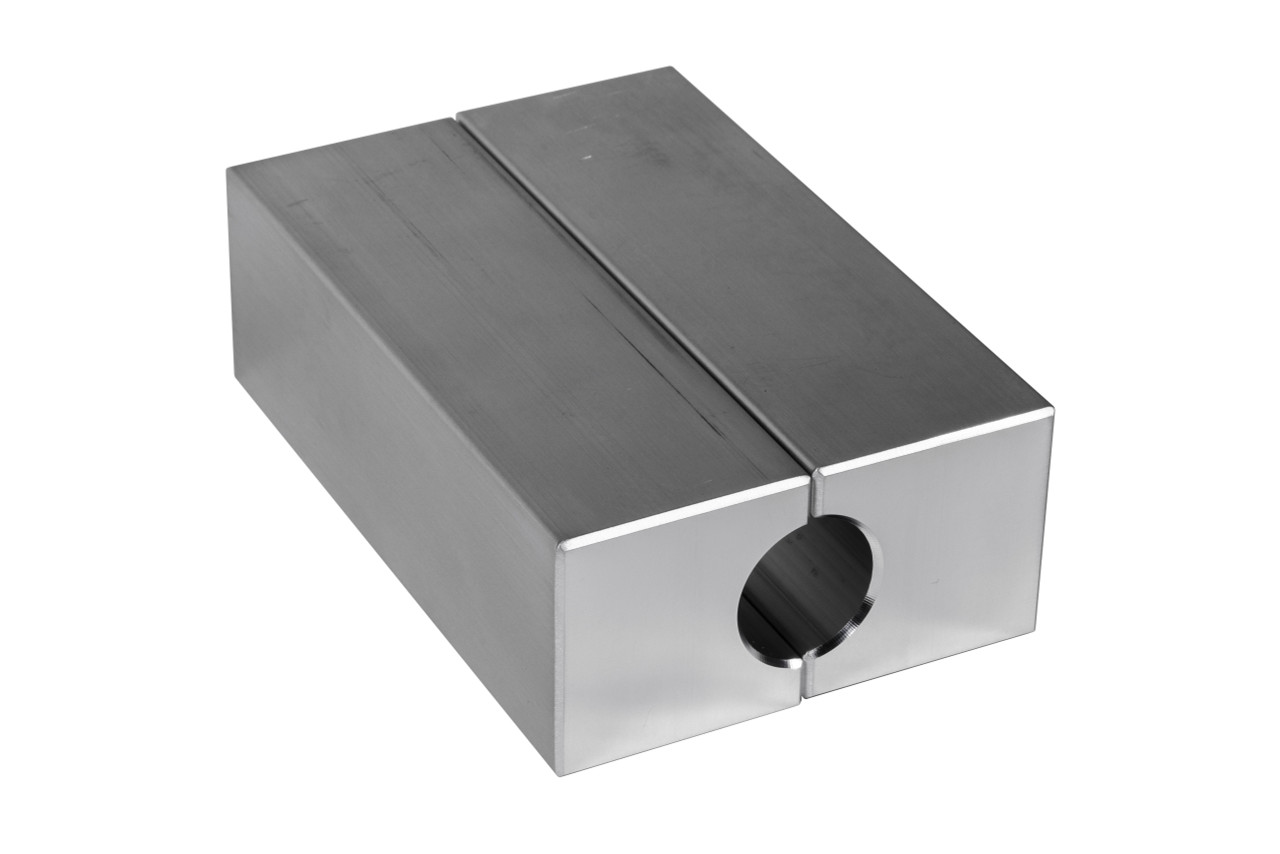
Are there customer reviews available for popular brands of split collars to gauge user satisfaction?
Yes, customer reviews are valuable resources to gauge user satisfaction and learn about the performance of popular brands of split collars. Here’s where you can find customer reviews:
- 1. Online Retailers: Many online retailers, such as Amazon, provide customer reviews and ratings for split collars. You can read feedback from buyers who have purchased and used the products.
- 2. Manufacturer Websites: Some manufacturers feature customer testimonials and reviews on their official websites. These reviews often highlight the strengths and advantages of their split collar products.
- 3. Industrial and Mechanical Forums: Online forums and communities dedicated to mechanical components and engineering may have discussions and reviews about split collars. You can find insights and experiences shared by professionals and enthusiasts.
- 4. Industry-Specific Websites: Websites and platforms dedicated to specific industries, such as manufacturing or agriculture, may include user reviews of mechanical components, including split collars.
- 5. Social Media Groups: Explore social media groups and pages related to mechanical engineering, industrial equipment, or specific applications. Members may share their experiences and reviews of split collars they have used.
- 6. Industrial Directories: Some industrial directories and catalogs include user-generated reviews and ratings for mechanical components. You can search for split collar reviews in these directories.
- 7. Online Marketplaces: Besides purchasing, online marketplaces like Amazon and eBay often host customer reviews and ratings for split collars, providing insights into user satisfaction.
- 8. Word of Mouth: Network with colleagues and peers in your industry who may have experience with split collars. They can provide recommendations and share their satisfaction with specific brands.
- 9. Mechanical Engineering Blogs: Some mechanical engineering blogs and websites may publish reviews and articles about various mechanical components, including split collars. These articles may include user experiences.
- 10. Ask for Recommendations: Don’t hesitate to ask for recommendations and reviews from suppliers or manufacturers. They can share information about customer feedback and experiences with their products.
When reading customer reviews, pay attention to the overall rating, specific pros and cons mentioned, and any comments related to the application or use of the split collars. This information can help you make an informed decision and select the right brand and product for your needs.


editor by CX 2024-04-11
China Hot selling Aluminum Spacers with Set Screw Double Single Split Clamping Threaded Shaft Collar shaft collar clamp force
Product Description
Aluminum Spacers With Set Screw Double Single Split Clamping Threaded Shaft Collar
1. Basic Information for cnc machine/lathe/milled/drilling parts:
| Product Name |
Aluminum Spacers With Set Screw Double Single Split Clamping Threaded Shaft Collar |
| Trade Terms | EXW,FOB,CIF,CFR etc |
| Origin Country |
ZheJiang ,China |
| Tolerance |
0.02mm-0.2mm |
| Lead Time | Sample: within 10 days. Mass Production: within 20-25 days after receiving the deposit |
| Package | *a. pp bags + carton + pallet *b. according to customers’ requirements *c. negotiable |
| Payment Terms | *T/T : 30% beforehand, balanced 70% before shipping *paypal *Alibaba payment |
| Service |
Punctual delivery |
2. Technical specifications of auto lathe&cnc lathe machining part:
|
Item |
Stainless Steel Face Mount Shaft Collars CNC Metal Collars |
|
Material |
Aluminum/Stainless steel/Steel/Cooper/Brass/Bronze/ ABS/PC, PO/POM/Nylon/PEEK/PPS… |
|
Surface finish |
Anodized, Oxide, Plating, Brushing, Polishing, Blackened, Powder coating, Sandblasting, Laser engraving etc. |
|
Machining |
From simple 2-axis turning to 7-axis, turn-mill-drill CNC Swiss-type machines, we are equipped with a full line of CNC equipment from the following manufactures: |
|
Inspection Equipment |
CMM, Projection, Calipers, Micro caliper, Thread Micro caliper, Pin gauge, Caliper gauge, Pass meter, Pass meter etc. |
|
Format |
PDF, DWG/DXF, IGS/STP etc |
|
Certification |
ISO9001,TS16949, ROHS,HE,CMRT, |
3. Similar Products:
4. Company Profile
5. Our Department/Machine
6. Measuring Tools
7. Our Certification
8.Packaging & Shipping
9. Our Client
10. Recommend Products / Other Products
11. FAQ
Q: Are you trading company or manufacturer ?
A: We are factory.
Q: How long is your delivery time?
A: In 15-25 days after get the deposit (including tooling making time).
Q: What is your terms of payment ?
A: 1. T/T: 30% Deposit,70% left amount before shipment
2. L/C; irrevocable 100% L/C at sight.
Q: How to order:
A: * You send us drawing or sample
* We carry through project assessment
* We give you a design
* You think the design is ok
* We make the sample and send it to you
* You think the sample is good then place an order and pay us 30% deposit
* We start to make the product
* When the goods is done, we deliver it to Shengzhen Yiantian
* You pay us the balance after you see the B/L Copy
| Condition: | New |
|---|---|
| Certification: | RoHS, ISO9001, Ts16949 |
| Standard: | DIN, ASTM, GB, ANSI |
| Customized: | Customized |
| Material: | Stainless Steel |
| Application: | Metal Cutting Machine, Metal Spinning Machinery, Metal Processing Machinery Parts, Metal Engraving Machinery |
| Samples: |
US$ 50/Piece
1 Piece(Min.Order) | |
|---|
| Customization: |
Available
| Customized Request |
|---|

What are the best practices for maintaining split collars in corrosive environments?
Maintaining split collars in corrosive environments is essential to ensure their longevity and optimal performance. Here are best practices for maintaining split collars in such conditions:
- 1. Material Selection: Choose split collars made from corrosion-resistant materials. Stainless steel or plastic collars are often suitable for corrosive environments due to their resistance to rust and corrosion.
- 2. Regular Inspection: Conduct routine inspections to check for signs of corrosion or wear on the split collars. Early detection of issues allows for timely maintenance.
- 3. Lubrication: Apply a suitable lubricant to the collar’s interior surface and the shaft. Lubrication can help reduce friction and prevent corrosion. Choose a lubricant compatible with the collar material and the environmental conditions.
- 4. Gasket Seals: In highly corrosive environments, consider using split collars with gasket seals. These seals provide an additional layer of protection against moisture and corrosive agents.
- 5. Protective Coatings: Some split collars can be coated with corrosion-resistant materials or coatings. These coatings enhance their resistance to corrosive elements.
- 6. Regular Cleaning: Clean the split collars and the surrounding components regularly to remove any accumulated corrosive substances, dirt, or debris. Use appropriate cleaning agents that won’t harm the collar material.
- 7. Tightening Checks: Periodically check the tightness of split collars to ensure they remain secure on the shaft. Corrosion can weaken the grip over time, so re-tighten as necessary.
- 8. Environmental Sealing: If possible, create an environmental barrier or enclosure around the machinery or equipment to minimize exposure to corrosive elements. This can help extend the life of split collars.
- 9. Replacement of Damaged Collars: If a split collar shows significant signs of corrosion or wear, consider replacing it with a new one. Regularly replace any gasket seals if they deteriorate.
- 10. Training and Education: Ensure that maintenance personnel are trained and educated on the best practices for maintaining split collars in corrosive environments. Knowledge of proper maintenance procedures is crucial.
By following these best practices, you can prolong the life of split collars in corrosive environments and maintain the reliability of your machinery or equipment. It’s important to adapt maintenance routines based on the specific environmental challenges your machinery faces.
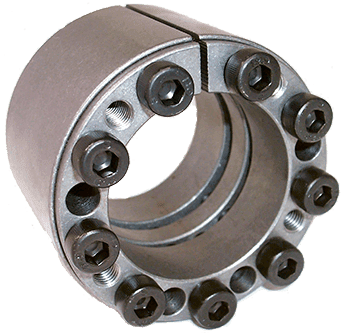
What are the design considerations when utilizing split collars in machinery?
When using split collars in machinery, several design considerations are essential to ensure optimal performance and reliability. Here are key design considerations:
- 1. Shaft Material and Diameter: Select split collars compatible with the material and diameter of the shaft. Ensure a proper fit and consider any tolerances required for the application.
- 2. Collar Material: Choose the appropriate collar material based on factors such as corrosion resistance, temperature tolerance, and environmental conditions. Common materials include steel, aluminum, plastic, and stainless steel.
- 3. Collar Type: Determine whether a single-split, double-split, or triple-split collar is required based on the application’s holding power and torque requirements.
- 4. Fastening Method: Consider the fastening method, whether it’s set screws, clamping levers, or other mechanisms. Select the method that provides the necessary grip and ease of adjustment for your machinery.
- 5. Load and Torque: Calculate the anticipated loads and torque that the collar will need to withstand. Ensure the selected collar is rated to handle these forces without slippage or deformation.
- 6. Alignment and Precision: Proper alignment of split collars is crucial for accurate positioning of components on the shaft. Misalignment can result in uneven pressure and reduced performance.
- 7. Space Constraints: Assess space limitations and choose a split collar design that fits within the available space without interference with other components or machinery elements.
- 8. Environmental Conditions: Consider the operating environment, including temperature extremes, moisture, chemicals, and potential contaminants. Select collars with suitable coatings or materials to resist environmental factors.
- 9. Maintenance Access: Ensure that split collars can be easily accessed for maintenance and adjustments. Quick installation and removal are beneficial for reducing downtime during servicing.
- 10. Reusability: Determine whether the collars need to be reusable for frequent adjustments or if they are for one-time use. Reusable collars are designed for multiple installations and removals.
- 11. Industry Standards: Check if there are specific industry standards or regulations that apply to your machinery. Ensure that the chosen split collars meet these standards for safety and compliance.
- 12. Material Compatibility: Verify that the material of the split collar is compatible with the components it will contact on the shaft. Avoid materials that may cause galvanic corrosion or chemical reactions.
By carefully considering these design factors, you can select the right split collars for your machinery, ensuring they provide secure, precise, and reliable performance in your specific application.

Are there customer reviews available for popular brands of split collars to gauge user satisfaction?
Yes, customer reviews are valuable resources to gauge user satisfaction and learn about the performance of popular brands of split collars. Here’s where you can find customer reviews:
- 1. Online Retailers: Many online retailers, such as Amazon, provide customer reviews and ratings for split collars. You can read feedback from buyers who have purchased and used the products.
- 2. Manufacturer Websites: Some manufacturers feature customer testimonials and reviews on their official websites. These reviews often highlight the strengths and advantages of their split collar products.
- 3. Industrial and Mechanical Forums: Online forums and communities dedicated to mechanical components and engineering may have discussions and reviews about split collars. You can find insights and experiences shared by professionals and enthusiasts.
- 4. Industry-Specific Websites: Websites and platforms dedicated to specific industries, such as manufacturing or agriculture, may include user reviews of mechanical components, including split collars.
- 5. Social Media Groups: Explore social media groups and pages related to mechanical engineering, industrial equipment, or specific applications. Members may share their experiences and reviews of split collars they have used.
- 6. Industrial Directories: Some industrial directories and catalogs include user-generated reviews and ratings for mechanical components. You can search for split collar reviews in these directories.
- 7. Online Marketplaces: Besides purchasing, online marketplaces like Amazon and eBay often host customer reviews and ratings for split collars, providing insights into user satisfaction.
- 8. Word of Mouth: Network with colleagues and peers in your industry who may have experience with split collars. They can provide recommendations and share their satisfaction with specific brands.
- 9. Mechanical Engineering Blogs: Some mechanical engineering blogs and websites may publish reviews and articles about various mechanical components, including split collars. These articles may include user experiences.
- 10. Ask for Recommendations: Don’t hesitate to ask for recommendations and reviews from suppliers or manufacturers. They can share information about customer feedback and experiences with their products.
When reading customer reviews, pay attention to the overall rating, specific pros and cons mentioned, and any comments related to the application or use of the split collars. This information can help you make an informed decision and select the right brand and product for your needs.


editor by CX 2023-11-07
China One Piece Split Clamping Steel Threaded Shaft Collar shaft collar axial load calculation
Warranty: 1 Year
Applicable Industries: Garment Shops, Building Material Shops, Manufacturing Plant, Machinery Repair Shops, Farms, Retail, High Quality Sliding Gate Gear Rack Construction works , Energy & Mining
Showroom Location: None
Video outgoing-inspection: Provided
Machinery Test Report: Provided
Marketing Type: New Product 2571
Warranty of core components: 1 Year
Core Components: Bearing
Structure: Solid
Material: C1045 steel, Steel
Coatings: zinc plating
Torque Capacity: Contact
Model Number: 1T571-20-Z
Part Name: threaded shaft collar
Finish 1: Zinc-plating
Finish 2: Black Oxide
After Warranty Service: Online support
Local Service Location: None
Packaging Details: Threaded shaft collar packing 1. Normal Industrial Solid Carton+Crate Packing 2. OEM Packing
Port: ZheJiang or HangZhou
One Piece Split Clamping Steel Threaded Shaft Collar
Product Features:
Simply slide these collars CZPT a shaft and tighten the SCHS screw to hold the collar in place. Collars are easy to adjust with their SCHS screws.
Bore Range from 1/4-20 to 2-12
1)Material: Steel
2)Finish: Zinc-plating or Black Oxide
3)Assembly with Socket Head Cap Screw
4) Available in several different styles to meet you or your customer’s needs.
Our Services
Xihu (West Lake) Dis.an supplies pulleys, roller chain sprockets, shaft collars and couplings, HangZhouxuan Good Quality Power Steering Gear Electric Power Rack Steering for FOCUSs CV6C3D070 weld on hubs, taper bushings and other power transmission parts.The products meet the standards of the ISO, DIN, ANSI, AGMA, SAE and JIS for quality assurance.
Types of Shaft Collars
Quick-clamp shaft collars
Quick-clamp shaft collars are a convenient option for tightening and loosening shafts. Unlike traditional bolts, quick clamps do not require any tools to install and adjust them. These collars come with flush handles and are designed to reduce production downtime. They also feature high-strength tension adjustment screws for compatibility with a wider range of shaft tolerances.
Quick-clamp shaft collars are offered in a variety of styles. CZPT, for example, offers a unique style of quick-clamp shaft collars with an integral lever. This lever sits flush against the outside diameter and is finger actuated. In addition, this design includes a tension-adjustment screw that can be adjusted according to the application’s requirements. Another style of quick-clamp shaft collar is a one-piece clamping collar with an integrated handle. It is ideal for low-rpm applications, and is designed to be a quick and simple solution for frequent shaft changeovers.
Quick-clamp shaft collars have an adjustable locking force generated by an eccentric lever and are very easy to install. They are available in one and two-piece clamp-type styles, and come in more than thirty standard sizes. They are available with round, square, and threaded bores. Additionally, you can choose to have them painted or customized.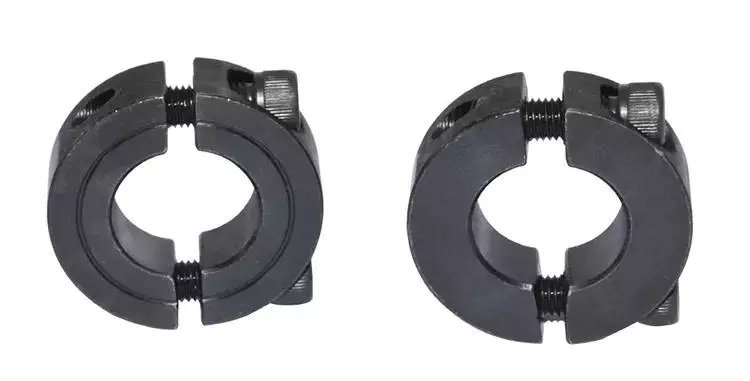
Single split shaft collars
Single split shaft collars are a common choice for new installations. They provide easy installation and disassembly, which helps to minimize labor and downtime. They are also designed with full seating torque of the set screws, which evenly distributes forces throughout the shaft circumference. As a result, they provide greater holding power.
These shaft collars are available in various materials. They are typically made from different types of steel, including stainless steel and aluminium steel. They can also be made from nylon. The latter is available with different finishes, including black oxide. These are also available in custom sizes. These shaft collars are made to fit specific applications.
Single split shaft collars are available in a variety of sizes to fit a wide range of shaft diameters, from 1/8″ to 4 15/16″. The material used for the shaft should be softer than the material used for the set screw. They are marked with the bore size and are available in non-plated, chrome-plated, and black oxide coated materials.
Heavy-duty shaft collars are designed to hold a large amount of torque. They are available in two-piece clamp and one-piece clamp styles and offer up to 25 percent more holding force than standard collars. They are also available in a variety of materials, including proprietary black oxide finish, 1215 lead-free steel, 303 stainless steel, and high-strength 2024 aluminum.
Single split shaft collars are generally easy to install and remove. The design of these collars allows the shaft to fit into it evenly, which improves holding power. They also eliminate the need to remove or disassemble other components of the shaft. Additionally, they are easy to adjust and can work with virtually any shaft.
Single split shaft collars come in two-piece and one-piece styles. One-piece shaft collars are simpler to install and do not damage the shaft. Clamp-style collars are easy to use and do not require tools. They are designed to be hand-adjustable. These collars are recommended for light-duty applications. They are available in a wide range of threaded bore sizes. They also come in various styles, including ring-style and set-screw collars.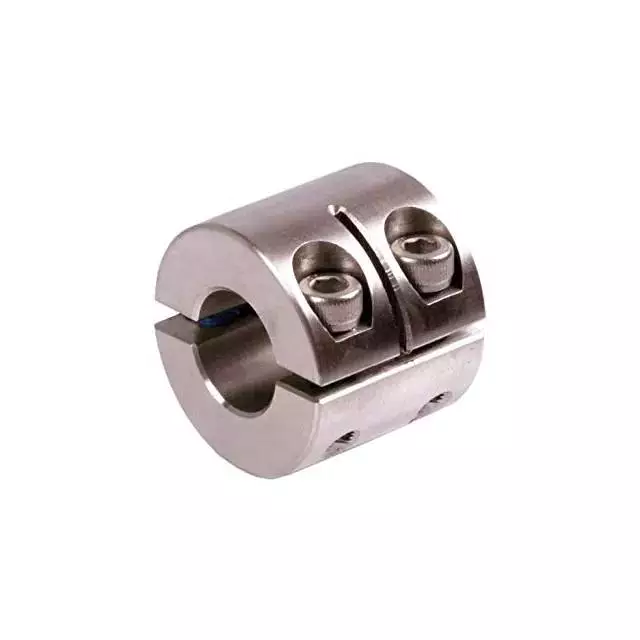
Set-screw shaft collars
Set-screw shaft collars are made of different materials, including steel, aluminum, and zinc plated steel. They are available in various widths and sizes. They can be used in aerospace, defense, and construction applications. Some types are standard, while others are custom-made.
A shaft collar has three primary functions: it holds a component in place, locates the component on a shaft, and creates an attachment between the shaft and another component. The design of a shaft collar depends on several factors, including the material, diameter, and geometry of the shaft.
One of the most common uses of shaft collars is to secure bearings and sprockets to shafts. In some cases, they also act as mechanical stops. For example, a two-piece clamp collar will wrap around the shaft without leaving any marks, while a set-screw collar will lock onto a shaft with a set screw. These types of collars can be used on predrilled and soft shafts.
Another advantage of set screw shaft collars is that they can be manufactured in a lightweight style for space-constrained applications. Another benefit is their ability to hold twice as much load as standard shaft collars. These collars are also available with a keyway, which makes them suitable for shafts with a key.
Another advantage of set-screw shaft collars is their safety. They were invented in the recessed socket screw industry and have become an industry standard. They prevent the shaft from sliding and causing a flanged bearing to come out. They are easy to install and remove, and they are ideal for light-duty applications.
Clamp style shaft collars are also available in one-piece and two-piece designs. This type of collar is unique in that it can be removed without damaging the shaft. They are also adjustable and can fit virtually any shaft. Their clamping force is evenly distributed around the shaft, so they are significantly safer than set screw collars, which use point-contact clamps.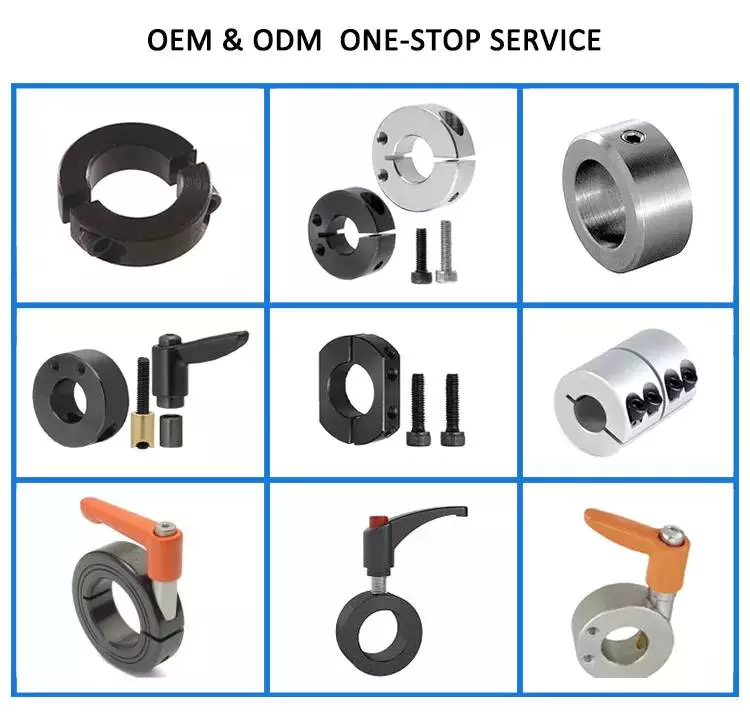
Hinge shaft collars
The International series is a two-piece shaft collar with metric outer diameters, metric widths, and inch bores. These collars are suitable for many different types of applications, and are available in a variety of materials and bore sizes. They are available in 1215 lead-free steel with black oxide finish, high strength 2024 aluminum, and 303 stainless steel.
Custom Hinged Shaft Collars are a great choice for applications requiring quick and easy adjustment, especially in remote locations. They are available in a variety of materials, including steel, stainless steel, aluminum, and brass. You can even get custom-made collars for unusually shaped shafts.
Hinge shaft collars are similar to two-piece shaft collars in many ways. They allow easy disassembly and reassembly along the shaft and are usually the preferred choice in harsh environments. Hinge shaft collars have a simple design, allowing them to be installed quickly and easily. They also provide superior holding power. If you’re considering a hinge shaft collar for your application, it is important to consider how it will be used.
Hinge shaft collars serve as precise stops and spacers for different laboratory equipment. They can also be used on plastic, glass, and thin-walled tubes. They are often used in medical equipment, where the need for accuracy is paramount. They also serve as guides in optical measuring instruments. They are also useful in trucks and off-road vehicles, where they serve as mechanical stops.
Hinge shaft collars can be purchased in two-piece or one-piece designs. They can be adjusted using a single screw or lever. They can be installed and removed without causing any damage to the shaft. Unlike set screw collars, they don’t require tools. This makes them ideal for applications where access to the shaft is difficult or impossible. The advantages of these collars include improved safety and security.

editor by czh2023-02-18